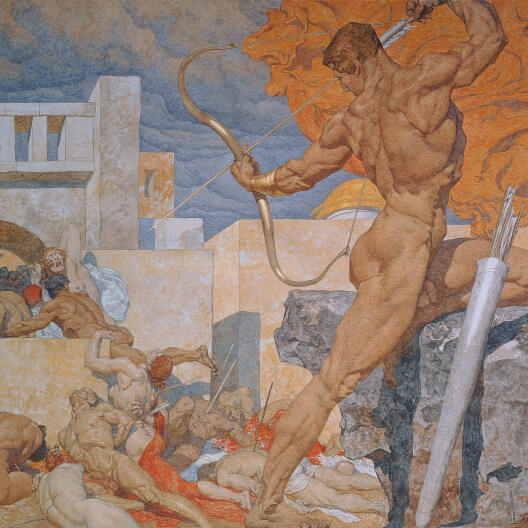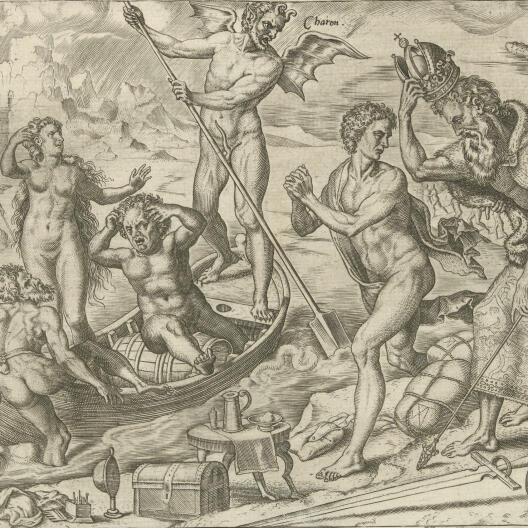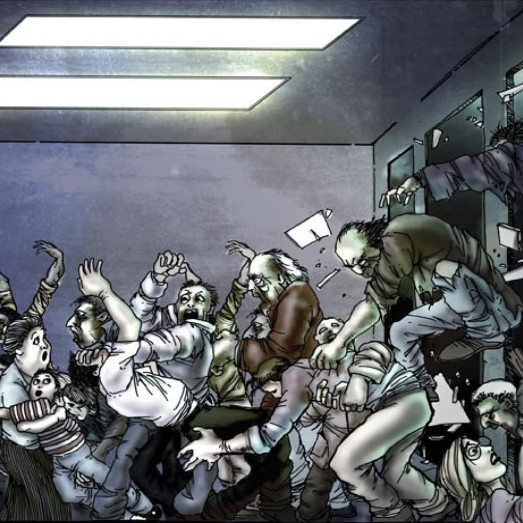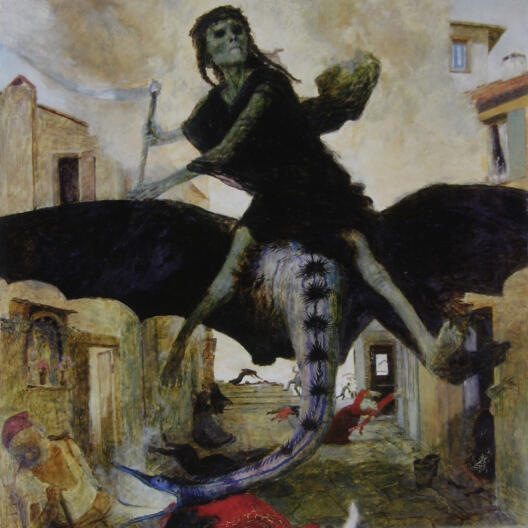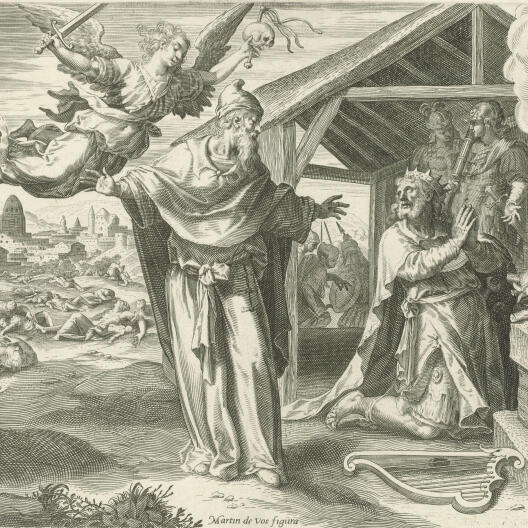Epidemics: images, metaphors, allegories
Dossier “Epidemics: Perspectives from Cultural Studies”
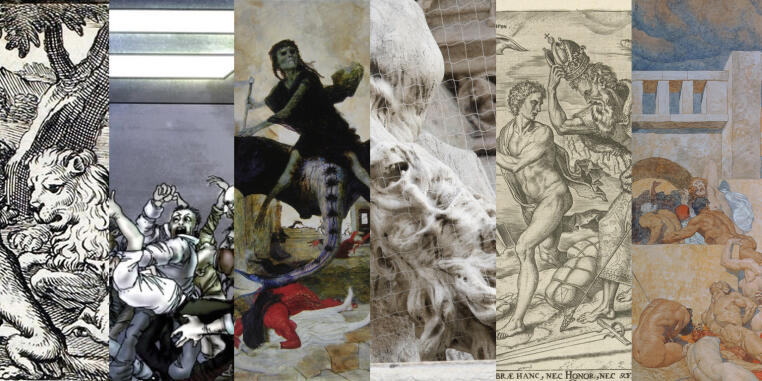
For as long as serious infectious diseases have been observed and described, there has been the issue of how to represent them in various media. Since the lack of appropriate aids meant that they or their pathogens can or could elude sensory perception (see the dossier “Visibility”), people relied on other strategies of representation. One such strategy was to turn the symptoms of infections into an object, for example by depicting people with plague buboes or by constructing a metonymic term such as the ‘Black Death’, which alluded to the clinical appearance of the person infected. More generally, a conceptual basis could be provided by the phenomenon of a dramatic mortality (gran morìa/“Great Death”).
Another strategy could be to use symbolic or allegorical modes of representation. The wave metaphor is repeatedly used for Covid-19, and the metaphor of the forest fire has also been proposed recently. Older are images such as the Grim Reaper and arrows, as well as metaphors such as the “whip of God”, the “morbus gallicus” (‘French disease’ as a term for syphilis), and the “promiscuous plague” (also a term for syphilis or, more recently, for AIDS). Such symbols and terms have not only depicted diseases, but also often offered starting-points for linking the diseases to other discourses, to actual or perceived threats, and to concepts of social demarcation (‘othering’). Moreover, epidemics and infectious diseases can in turn become a metaphor or image for other phenomena.
The contributions in this dossier shed light on some facets of the issue outlined here, ranging as usual from ancient history, to the history of art and literature, and to non-European anthropology.


